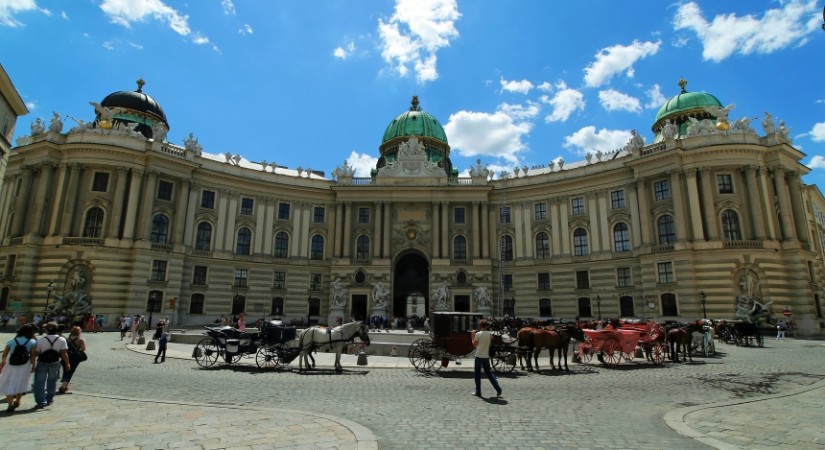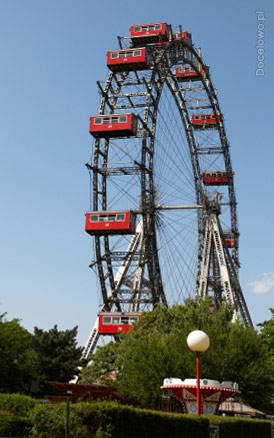The palace was built from the command of the German Emperor Leopold I. In 1996 it was listed on the UNESCO World Heritage Site.
Currently it is dominated by a Baroque decor issued during the reign of Maria Theresa. In the interiors can be seen numerous frescoes and moldings. For visitors are available for example the royal suites. In the outbuilding operates the Carriage Museum. There is also the Palm House, Glorietta and the Fountain of Neptune.
It should be emphasized that from 1441 chambers for tourist was given only 45. The interior is maintained in the Rococo style and decorated with Czech crystal mirrors and faience ovens. Against this background, exceptional modesty are characterized the residential chambers and offices of Emperor Franz Joseph.
When it comes to the history of each room, it is worth recalling that in the Hall of Mirrors performed Mozart as a six years old child. In turn, in the Round Chinese Cabinet, Maria Theresa held secret conferences with the chancellor prince Wenzel Anton von Kaunitz. In another room conferred Napoleon. Whereas, in the Blue Chinese Salon the Emperor Charles I signed a waiver to participate in government. Noteworthy is also the Millionth Room. Its walls were minted by rose wood and decorated with precious miniatures from India and Persia. Thanks to its décor is one of the most beautiful Rococo interiors in the world.



 Vienna Card entitles you to about 200 different discounts and promotions. Allows, among others, free ride on the subway, bus and tram (for 72 hours).
Vienna Card entitles you to about 200 different discounts and promotions. Allows, among others, free ride on the subway, bus and tram (for 72 hours).
